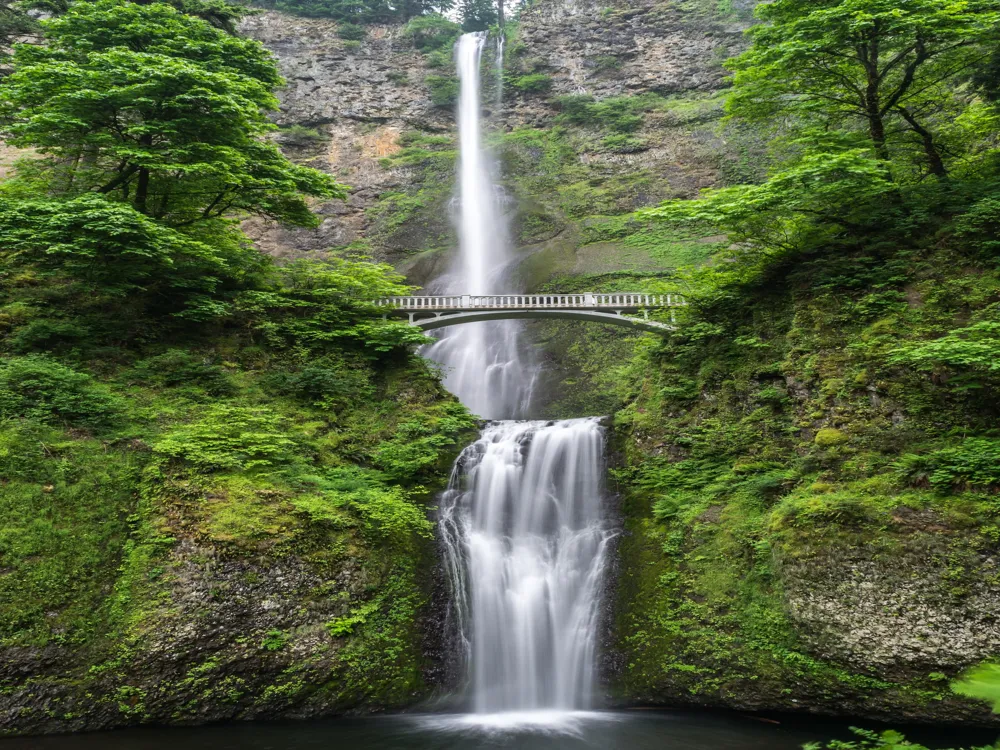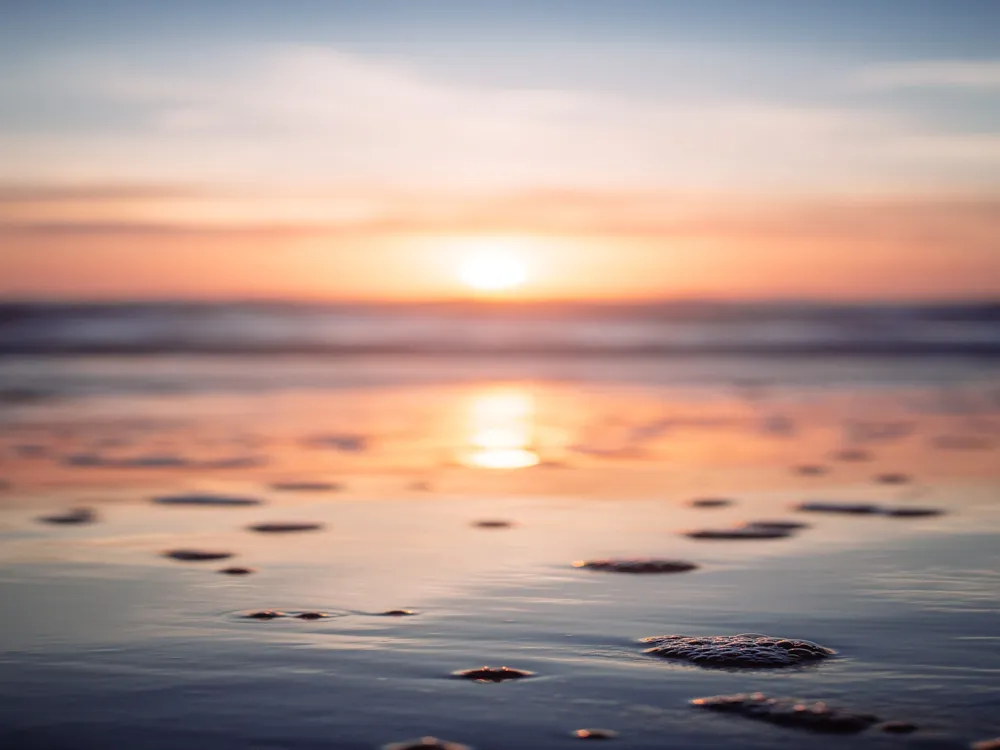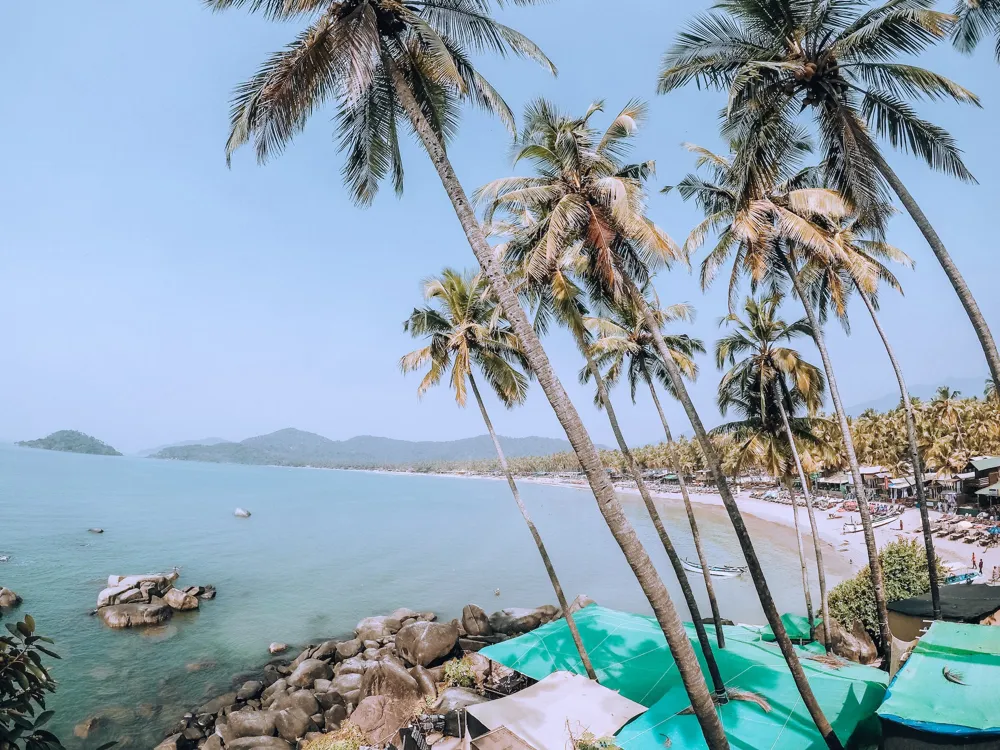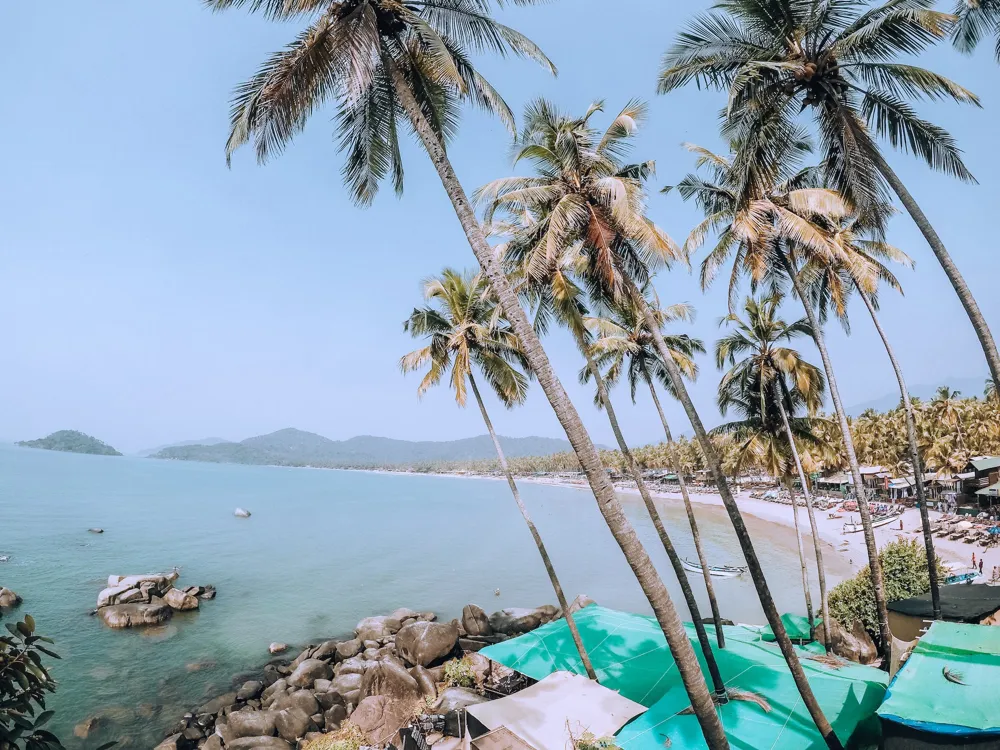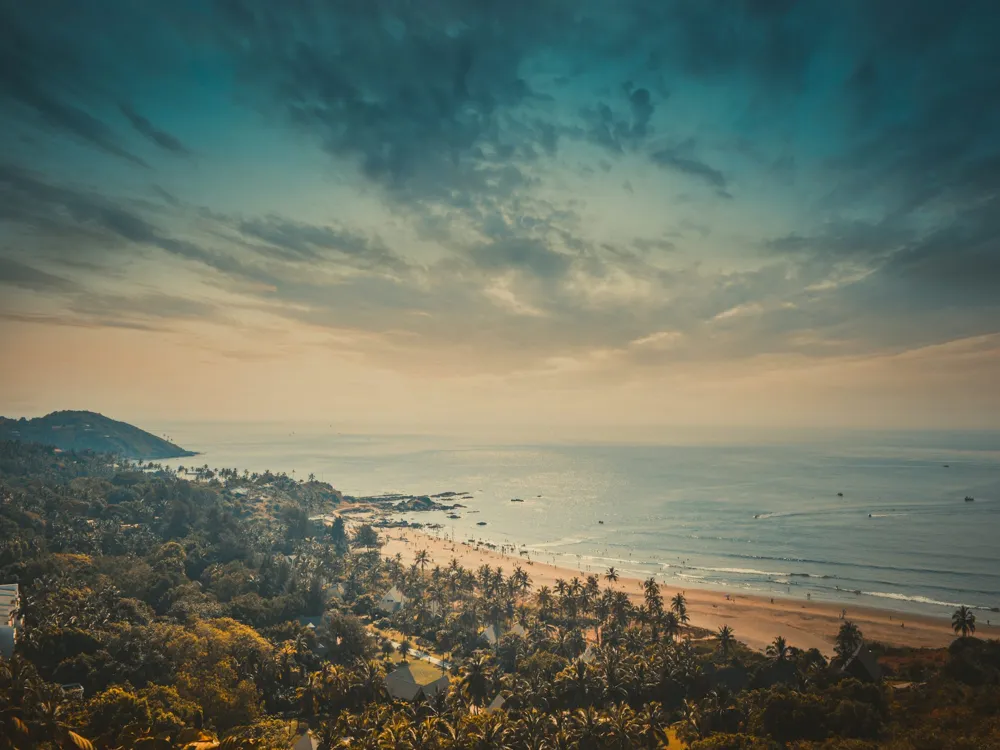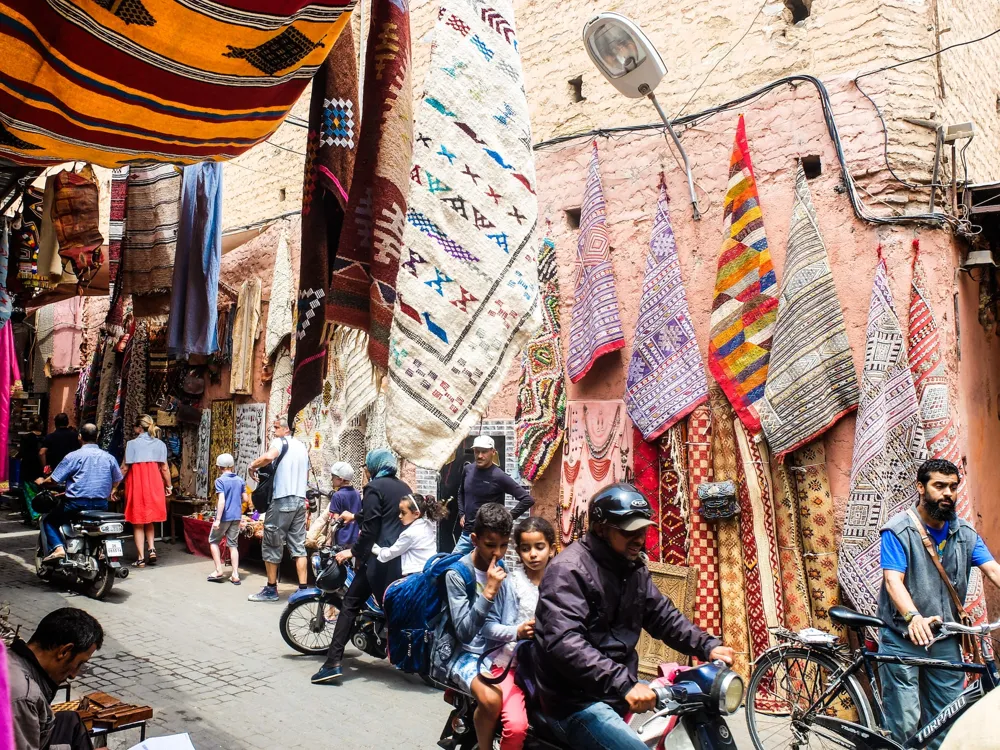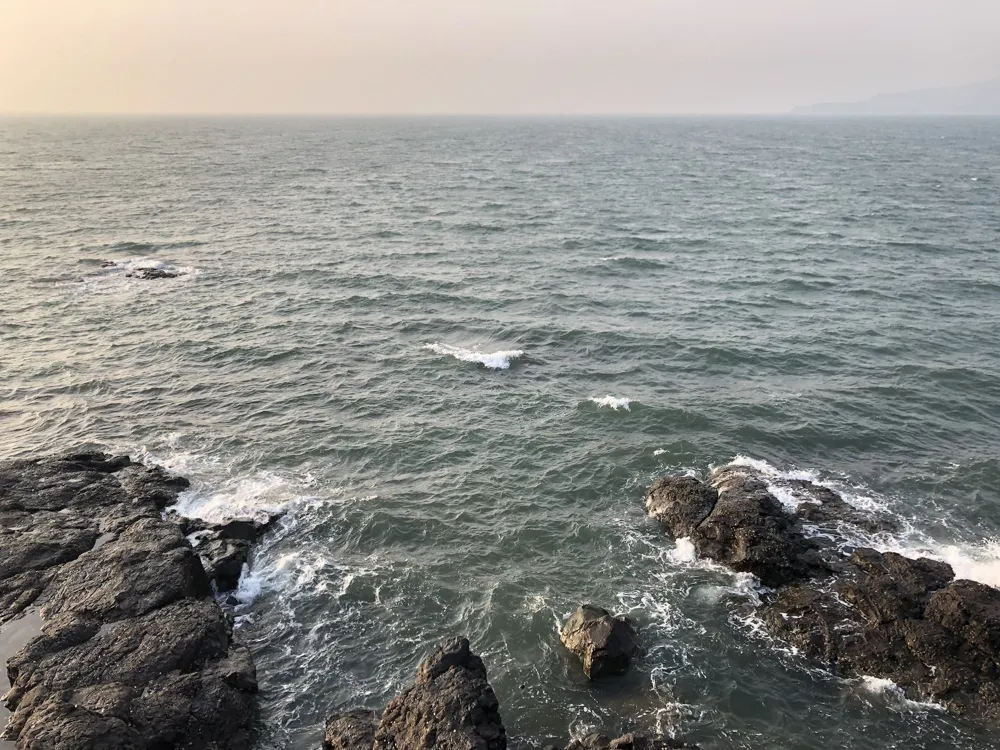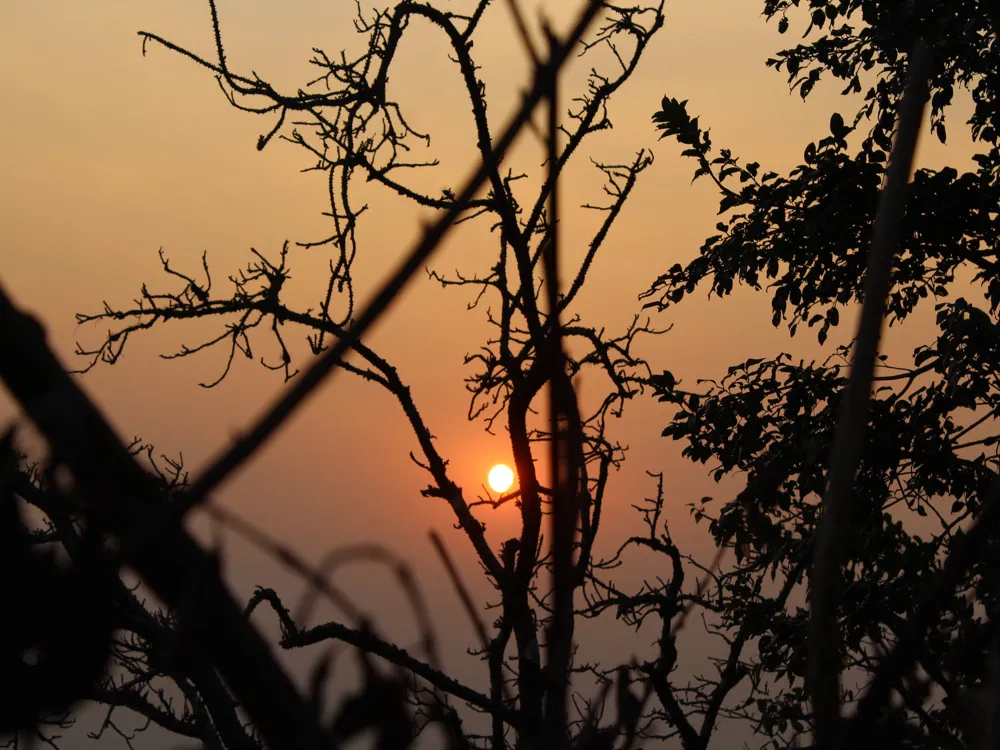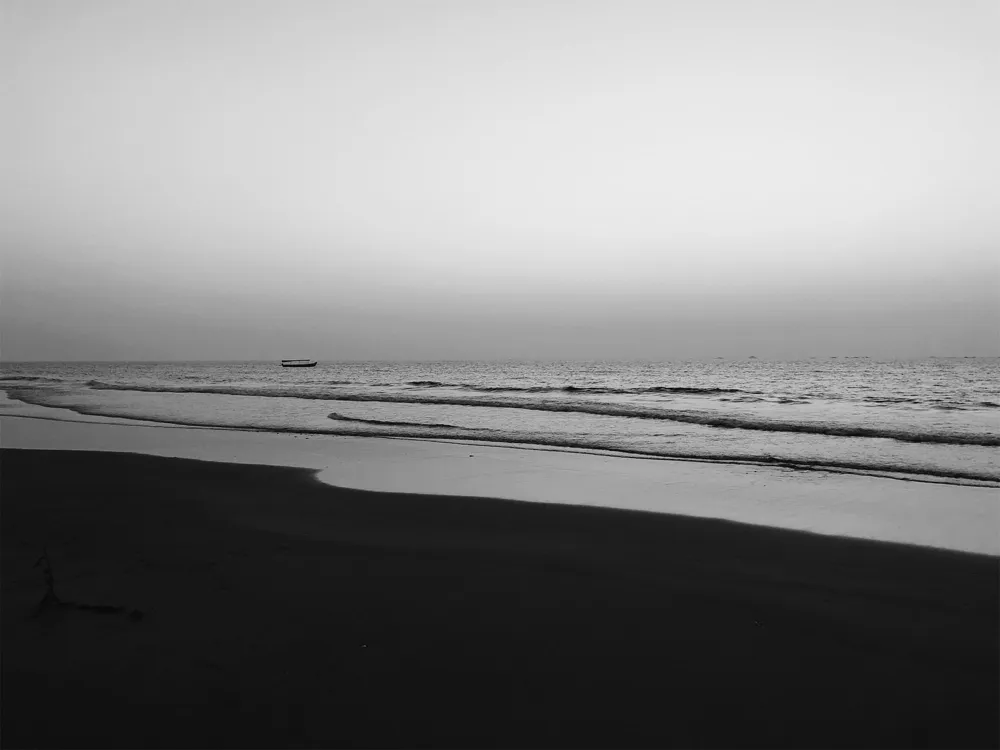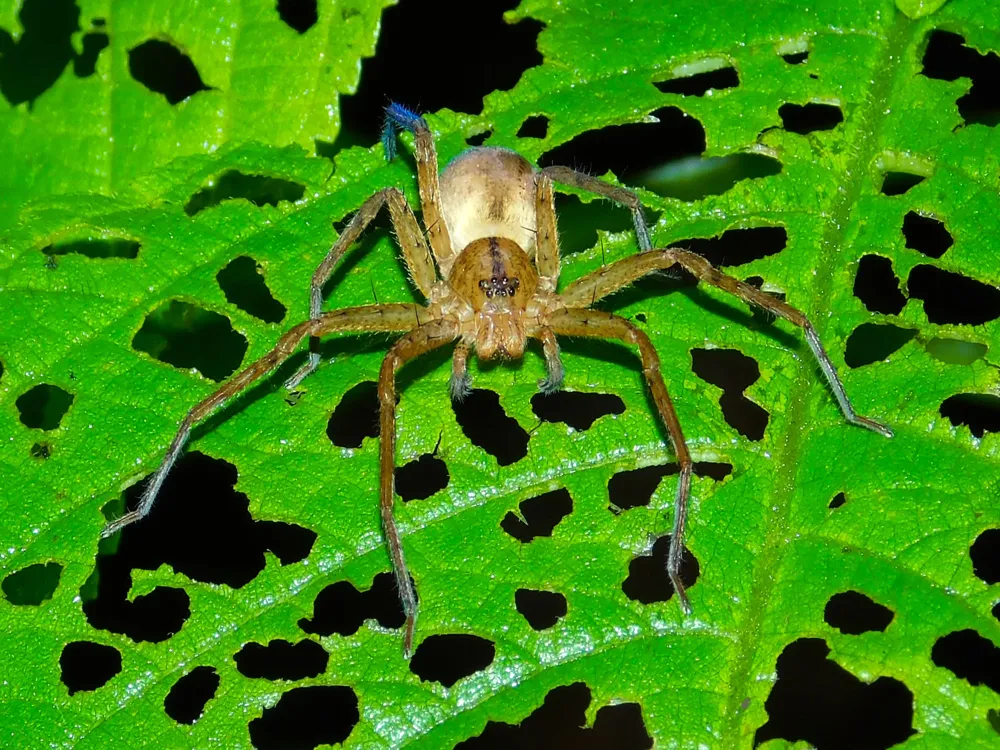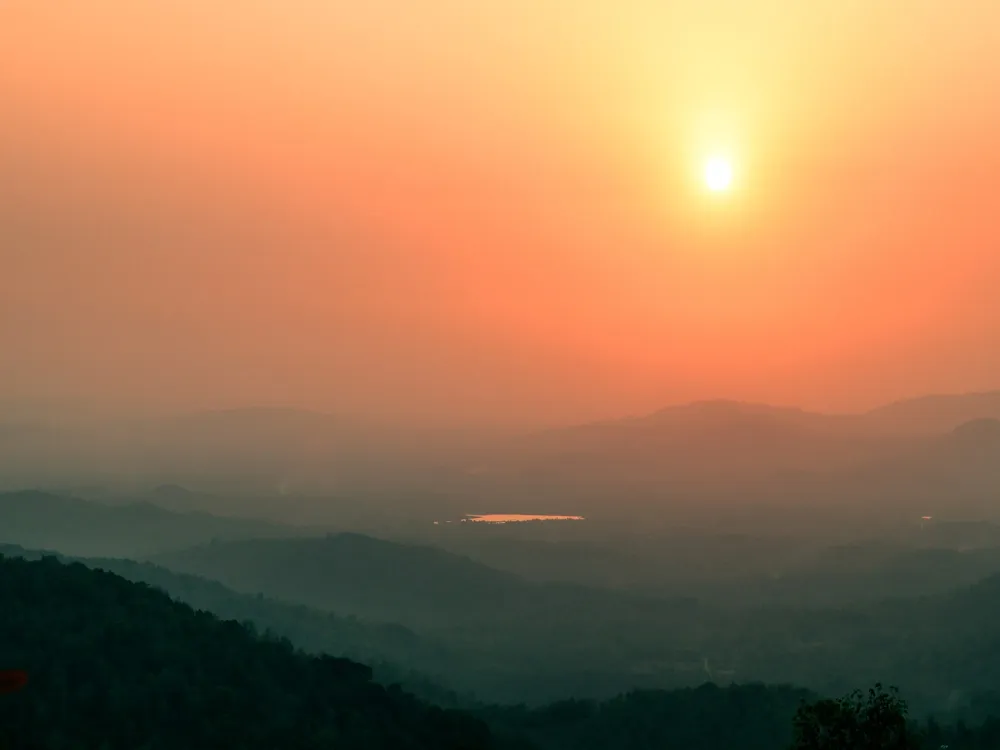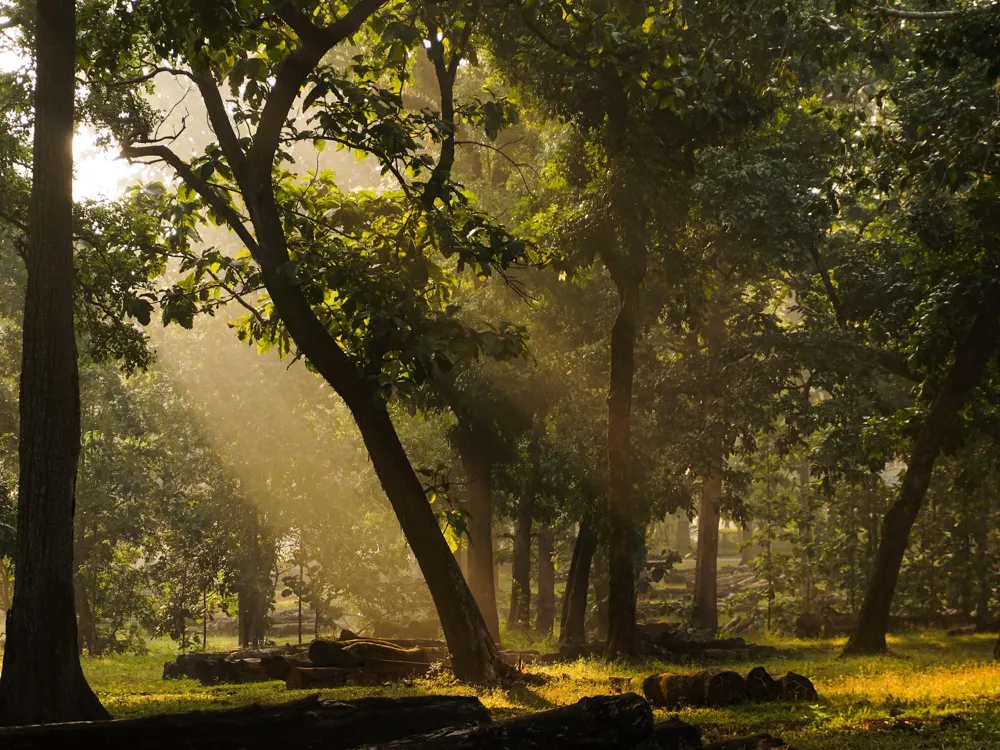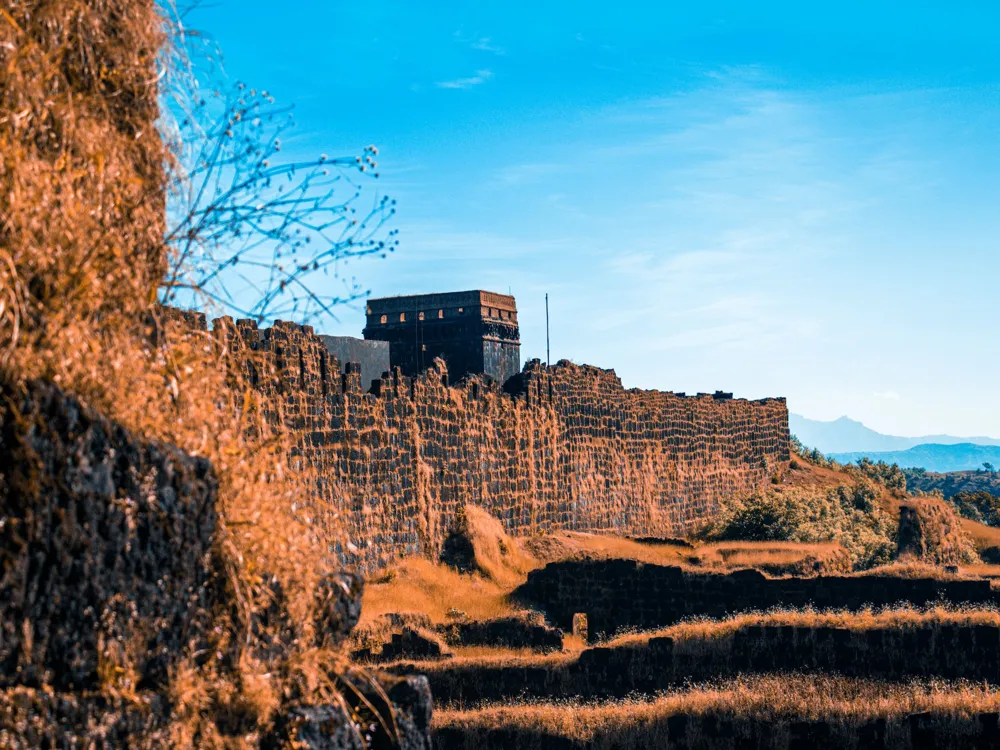Nestled in the lush landscapes of Panaji, Goa, the Tropical Spice Plantation offers a unique glimpse into the world of spices and tropical flora. Spanning over large acres of verdant land, this plantation is a haven for nature lovers and culinary enthusiasts alike. The Tropical Spice Plantation prides itself on being an eco-friendly and organic farm, where a plethora of spices and medicinal herbs are grown. Visitors can explore the vast expanses of the plantation, witnessing the cultivation and processing of spices like black pepper, cardamom, cinnamon, and nutmeg, which have been the backbone of Goa's economy for centuries. Apart from spices, the plantation is also home to a variety of tropical fruits, flowers, and plants. The guided tours offered here provide an educational yet entertaining experience, delving into the history of spice trade in Goa, the growing process, and the usage of spices in Goan cuisine. Moreover, the Tropical Spice Plantation serves as a habitat for various species of birds and insects, making it a perfect spot for bird watching and nature photography. The plantation also offers a unique cultural experience. Visitors can enjoy traditional Goan meals served in a rustic setting, often accompanied by folk music and dance performances. The meals predominantly feature dishes flavored with the spices grown on the plantation, offering a true taste of Goan culinary delights. The architecture of the Tropical Spice Plantation in Panaji is a beautiful amalgamation of traditional Goan style and eco-friendly design. The structures within the plantation are constructed using locally sourced materials like bamboo, mud, and palm leaves, which blend seamlessly with the natural surroundings. The main reception area is a testament to Goan architecture, with its high ceilings, open spaces, and intricate wooden carvings. The layout of the plantation is thoughtfully designed to mimic the natural ecosystem, with winding pathways leading through the dense foliage of spice trees. The use of natural water bodies and traditional irrigation methods add to the rustic charm of the plantation. The cottages and guesthouses on the premises are built in a similar style, offering visitors a chance to experience living in harmony with nature. The spice drying and processing areas of the plantation also reflect the traditional methods used in Goan spice farming. These structures, though simple in design, are efficiently organized to facilitate the processing of spices while minimizing the impact on the environment. The best time to visit the Tropical Spice Plantation is from October to March, when the weather is pleasant, and the plantation is in full bloom. Opt for comfortable clothing and footwear suitable for walking on uneven terrain. Carrying a hat and sunglasses is advisable to protect from the sun. Participate in guided tours for a comprehensive understanding of the spices and plants. These tours are often led by knowledgeable guides who provide insights into the spice cultivation process. Don’t forget to bring your camera to capture the scenic beauty of the plantation. However, always ask for permission before photographing local people or private areas. The Tropical Spice Plantation is easily accessible from Panaji, the capital city of Goa. Visitors can opt for public transport like buses or hire taxis to reach the plantation. It is located approximately 30 kilometers from Panaji and is well-connected by roads. Read More: Overview of Tropical Spice Plantation in Panaji, Goa
Architecture of Tropical Spice Plantation
Tips When Visiting Tropical Spice Plantation
Best Time to Visit
What to Wear
Guided Tours
Photography
How to Reach Tropical Spice Plantation
Tropical Spice Plantation
Panaji
Goa
NaN onwards
View goa Packages
Goa Travel Packages
View All Packages For Goa
Top Hotel Collections for Goa

Private Pool

Luxury Hotels

5-Star Hotels

Pet Friendly
Top Hotels Near Goa
Other Top Ranking Places In Goa
View All Places To Visit In goa
View goa Packages
Goa Travel Packages
View All Packages For Goa
Top Hotel Collections for Goa

Private Pool

Luxury Hotels

5-Star Hotels

Pet Friendly







